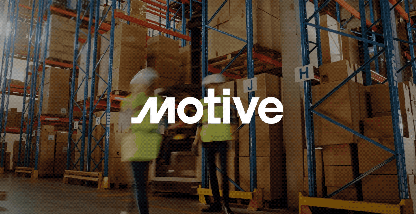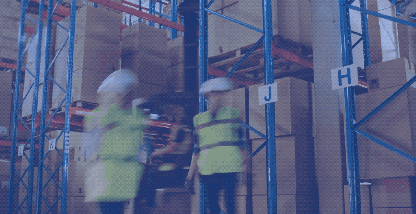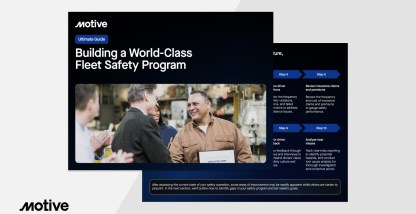Products
AI-powered applications
Top features
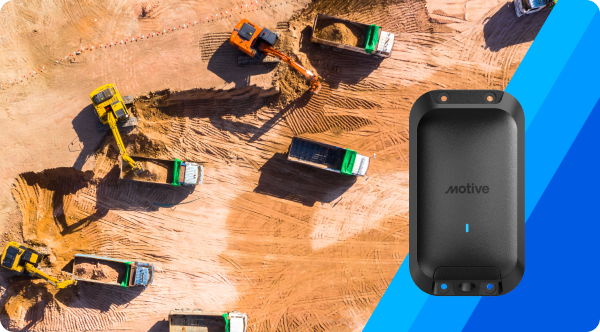
Get the most out of your equipment.
Get unparalleled visibility into the location, utilization, and health of your equipment, starting with the new compact and durable Asset Gateway Mini.
Solutions
By industry
By company size
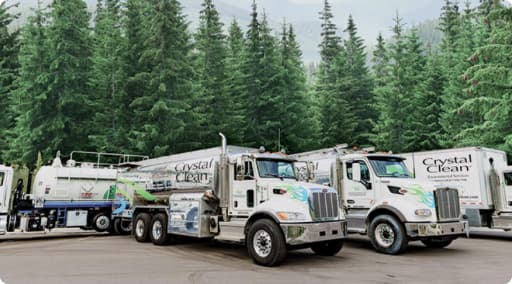
Heritage-Crystal Clean reduced compliance violations by 25%.
How a 1,000-vehicle fleet simplified compliance for its drivers and managers.
Resources
Learn
Technical resources

59% of physical economy leaders think rising costs are their biggest threat. Survey of 1,000 leaders uncovers the challenges physical operations leaders experienced over the last year and the opportunities ahead.
Company
Get to know Motive
Connect
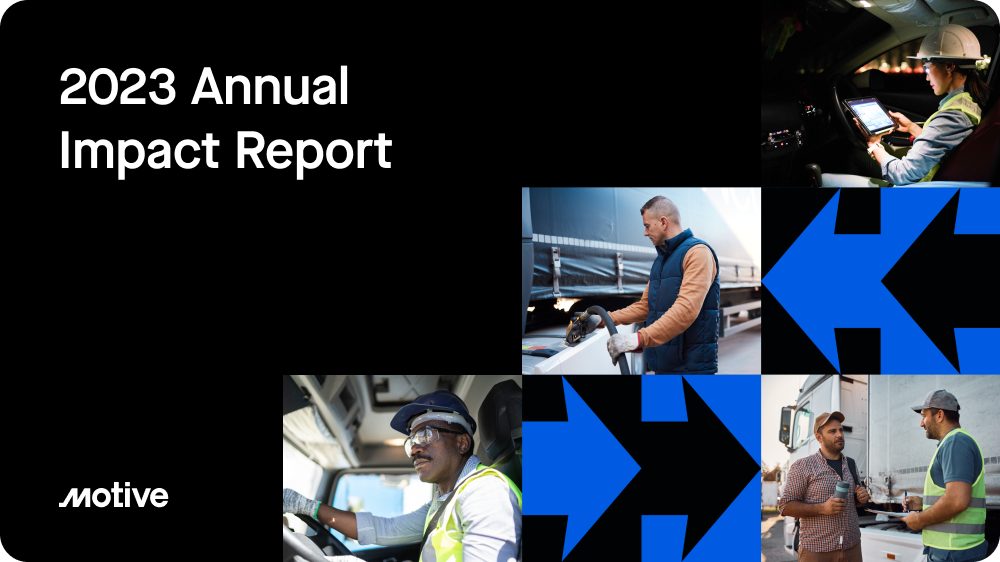
Empowering a culture of safety, efficiency, and sustainability
Our 2023 Impact Report highlights how we partner with our customers and invest in our people and our organization to drive sustainability and positive impact.



